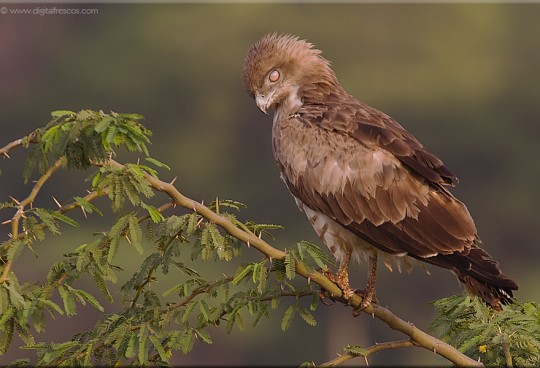The long-tailed shrike or rufous-backed shrike is a member of the bird family Laniidae, the shrikes. They are found widely distributed across Asia and there are variations in plumage across the range. The species ranges across much of Asia, both on the mainland and the eastern archipelagos. The eastern or Himalayan subspecies, L. s. tricolor, is sometimes called the black-headed shrike. Although there are considerable differences in plumage among the subspecies, they all have a long and narrow black tail, have a black mask and forehead, rufous rump and flanks and a small white patch on the shoulder.
The species is found across Asia from Kazakhstan to New Guinea. It is found mainly in scrub and open habitats. Many of the temperate zone populations are migratory, moving south in winter while those in the tropics tend to be sedentary although they may make short distance movements. Subspecies caniceps of southern India is found in winter in the dry coastal zone of southern India. This bird has a characteristic upright “shrike” attitude when perched on a bush, from which it glides down at an angle to take lizards, large insects, small birds and rodents. They maintain feeding territories and are usually found single or in pairs that are well spaced out. Several members have been observed indulging in play behaviour fighting over perches. It is classified as least concern by IUCN.
![]()






Sorry, the comment form is closed at this time.